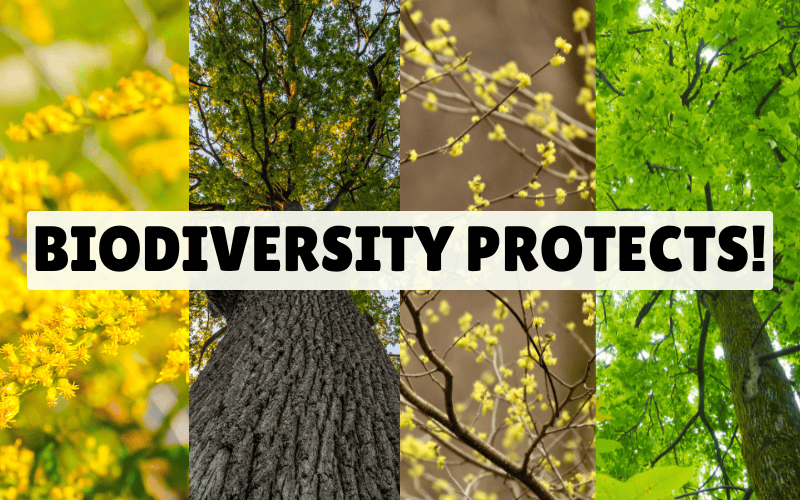Homegrown Diversity and Infectious Diseases
By James Shepherd MD PhD Yale University School of Medicine Est Read Time: 6 minutes You might think that a garden full of native plants, thicker on the ground and under the trees, jumbled together in profusion, might be a better habitat for disease-carrying ticks, bugs, and mice than a closely cropped lawn of turfgrass […]
Homegrown Diversity and Infectious Diseases Read More »

